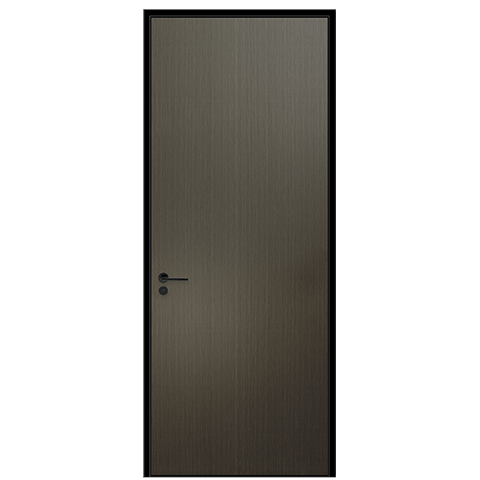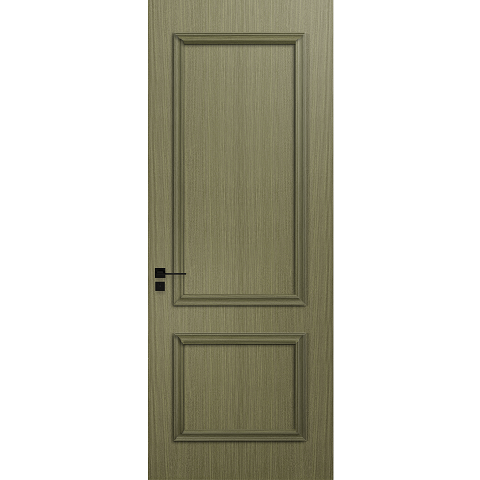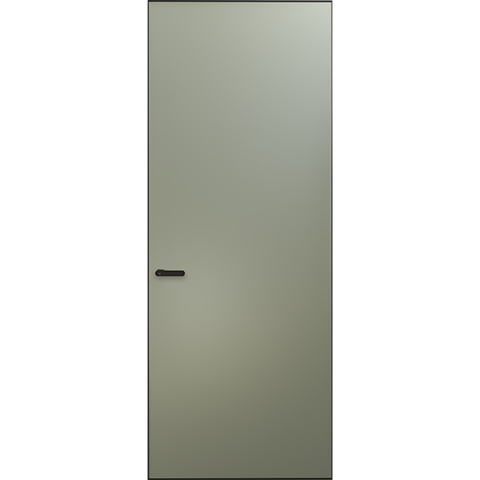The Production Process and Key Points of UPVC Profiles
UPVC profiles are widely used in the manufacturing of doors, windows, and other building structures due to their durability, versatility, and energy efficiency. The production process of UPVC profiles is complex, involving several stages of manufacturing and quality control measures. In this article, we will explore the production process of UPVC profiles and highlight the key points that manufacturers need to keep in mind to ensure the quality of the final product.
Production Process of UPVC Profiles
The production process of UPVC profiles can be divided into four main stages: raw material preparation, extrusion, shaping, and quality control.
Raw Material Preparation
The first stage in the production process of UPVC profiles is the preparation of raw materials. The primary raw materials used in the production of UPVC profiles are polyvinyl chloride (PVC) resin, additives, and stabilizers. PVC resin is a white, odorless, and solid plastic material that is derived from oil and natural gas. Additives and stabilizers are added to the PVC resin to improve its processing properties and to ensure the final product's durability and stability.
Extrusion
The second stage in the production process of UPVC profiles is extrusion. Extrusion is the process of heating and melting the raw materials and then forcing them through a die to form a continuous profile of the desired shape and size. In the case of UPVC profiles, the raw materials are heated and melted in an extruder machine, which has a screw mechanism that moves the molten material towards the die. The die is a specially designed tool that shapes the molten material into the desired profile. The extruded profile is then cooled by passing it through a water bath or air cooling system.
Shaping
The third stage in the production process of UPVC profiles is shaping. Shaping involves cutting and shaping the extruded profiles into the desired lengths and shapes. The cutting and shaping process is carried out using specialized cutting and shaping tools and machinery. The profiles are cut into lengths and then shaped into the desired shape, such as a window frame or a door frame.
Quality Control
The final stage in the production process of UPVC profiles is quality control. Quality control is a crucial step in ensuring that the final product meets the required standards of quality, durability, and stability. Quality control measures include visual inspection, dimensional testing, and physical testing. Visual inspection involves examining the profiles for defects such as cracks, warping, and discoloration. Dimensional testing involves measuring the profiles to ensure that they meet the required specifications. Physical testing involves subjecting the profiles to various tests such as impact resistance, weathering, and heat resistance, to ensure that they can withstand the demands of their intended use.
Key Points in UPVC Profile Production
To ensure the quality of UPVC profiles, manufacturers must pay attention to several key points throughout the production process. These key points include:
1、Raw material quality - The quality of the raw materials used in the production of UPVC profiles is crucial in determining the final product's quality and durability. Manufacturers should ensure that they source high-quality PVC resin, additives, and stabilizers from reputable suppliers.
2、Extrusion process - The extrusion process must be carefully monitored to ensure that the molten material is heated and melted at the correct temperature and that the die is designed to produce the desired profile shape and size.
3、Cooling process - The cooling process must be carefully controlled to ensure that the extruded profiles cool evenly and uniformly, without warping or cracking.
4、Shaping process - The shaping process must be carried out using specialized tools and machinery to ensure that the profiles are cut and shaped accurately and consistently.
 Hot Recommendation
Hot Recommendation
 Latest Products
Latest Products



